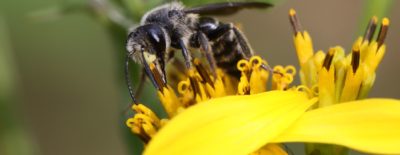Are you interested in finding a new state record? The species below have never been document to occur in Vermont, but based off records from nearby states and/or the occurrence of suitable habitat in Vermont, we believe many of these bees are here. Most of them are identifiable from photographs and can be targeted during specific time windows on their preferred plant or habitat.
Spring (March – May)
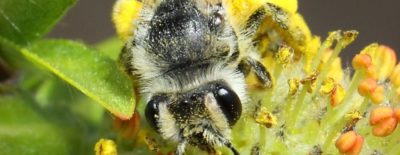
Wellesley Miner Bee (Andrena wellesleyana)
A willow associated spring Mining Bee found close to sandy areas in Massachusetts, but not yet in Vermont. Males have yellow on both the clypeus and adjacent areas of the face. Photo Courtesy Michael Veit
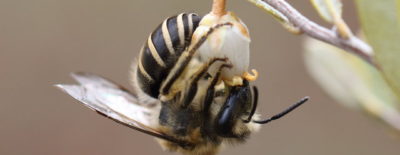
Blueberry Cellophane Bee (Colletes validus)
A sand nesting bee found on blueberries and related flowers. Photo Courtesy Michael Veit.
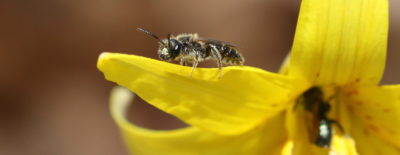
Andrena uvulariae
A tiny mining bee associated with Bellworts (Genus Uvularia), within which they can very hard to notice. Males have a yellow clypeus. Photo Courtesy Michael Veit
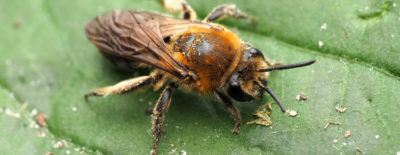
Rufous-backed Cellophane Bee (Colletes thoracicus)
A large spring Cellophane Bee, found from Massachusetts south. If it occurs in Vermont its probably limited to warm, sandy areas. Females have distinctive rufous hair on their abdomen. Image courtesy Katja Schulz.
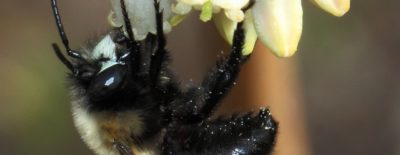
Blueberry Digger (Habropoda laboriosa)
A relatively large, southern bee with a strong preference for blueberries and redbud (Genus Cercis). Could easily be mistaken for a worker bumblebee. Photo courtesy Michael Veit
Summer (June and July)
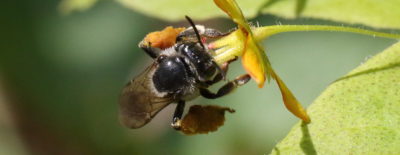
Ciliate Yellow Loosestrife Bee (Macropis ciliata)
One of three specialists on Loosestrife (Lysimachia). The most abundant (Macropis) in Massachusetts, often found on Whorled Loosestrife (Lysimachia quadrifolia). Photo Courtesy Michael Veit.
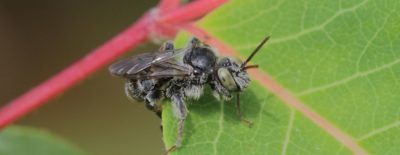
Pilose Yellow Loosestrife-Cuckoo (Epeoloides pilosulus)
Once thought to be extinct, this bizarre-looking cleptoparasite was recently found in several New England states and likely occurs in VT. Look for it in late June on Dogbane near Loosestrife Bees (its host). Image Courtesy Michael Veit.
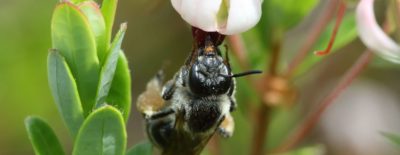
Blueberry Blunt-horn (Melitta americana)
This Cranberry specialist is active in June and July, but probably confined to boggy, buggy sites where they've so far escaped detection in Vermont. Photo Courtesy Michael Veit.
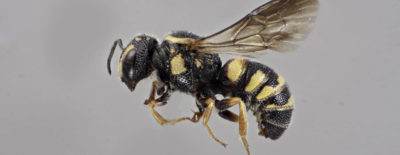
Louisiana Painted-Dark Bee (Stelis louisae)
This brightly-colored species is a parasite of the widespread Bellflower Resin Bee (Megachile campanulae). Look for both near bell flowers in gardens. Photo courtesy of Margarita Miklasevskaja.
